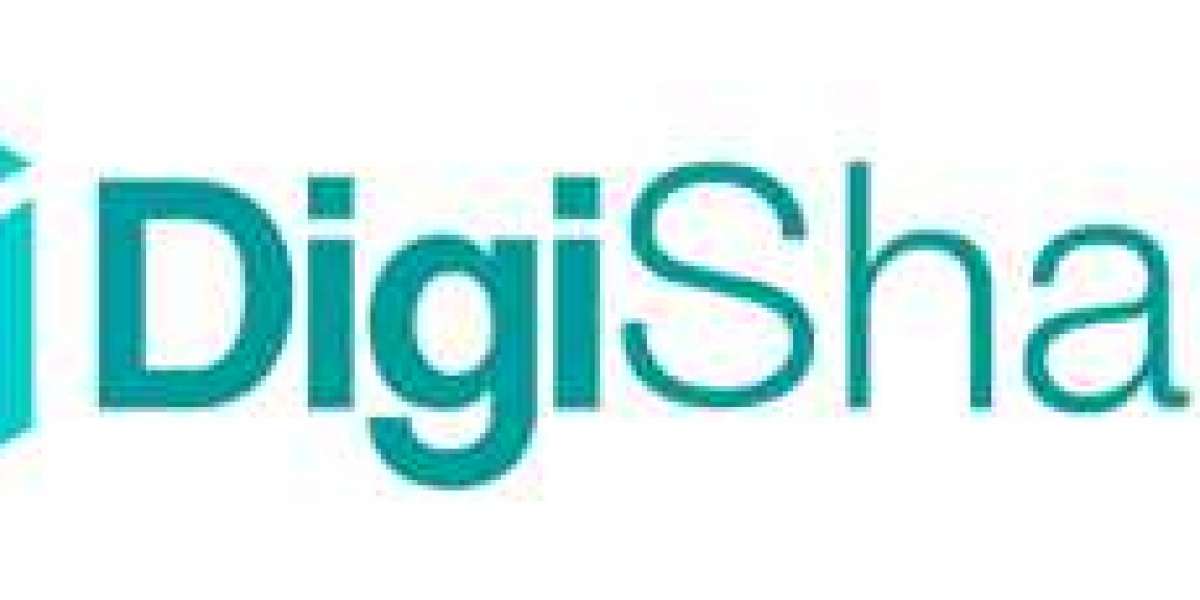Blockchain technology is revolutionizing various industries, and one of its most promising applications is Real World Asset (RWA) Tokenization. This innovation is reshaping asset ownership, trading, and management, creating new investment opportunities and enhancing market efficiency.
What is Real World Asset Tokenization?
Real World Asset Tokenization is the process of converting physical and financial assets into digital tokens on a blockchain. These tokens represent fractional ownership of assets such as real estate, stocks, commodities, and fine art. By leveraging blockchain technology, asset tokenization enhances liquidity, accessibility, and transparency in asset transactions.
How Does Asset Tokenization Work?
The tokenization process typically follows these steps:
Asset Identification: A physical or financial asset is chosen for tokenization.
Legal Structuring: Ownership and compliance frameworks are established.
Token Creation: Digital tokens representing ownership are issued on a blockchain.
Smart Contracts: Self-executing contracts govern transactions and management.
Market Listing: The tokens are made available for trading on digital marketplaces.
Key Benefits of Asset Tokenization
1. Increased Liquidity
Traditional assets such as real estate and fine art are often illiquid, requiring lengthy transactions. Tokenization enables fractional ownership, allowing easier buying and selling on digital platforms.
2. Greater Accessibility
Investors can participate in high-value asset markets without needing to purchase entire properties or commodities, making investment opportunities more inclusive.
3. Enhanced Transparency and Security
Blockchain’s immutable ledger records all transactions transparently, reducing fraud and ensuring secure ownership records.
4. Reduced Transaction Costs
By minimizing intermediaries like brokers and legal entities, tokenization lowers transaction fees and speeds up settlement times.
5. Faster Transactions
Blockchain enables near-instantaneous transfers, eliminating the delays typically associated with traditional asset transactions.
Real-World Use Cases of Asset Tokenization
1. Real Estate
Tokenized real estate allows investors to own a fraction of properties, opening up the market to a wider audience.
2. Precious Metals Commodities
Gold, oil, and other commodities can be tokenized, making them more accessible and tradable.
3. Fine Art Collectibles
High-value artworks and collectibles can be tokenized, enabling fractional ownership and secure transfers.
4. Private Equity Venture Capital
Tokenization provides liquidity to private equity investments, allowing investors to trade shares in private companies.
5. Debt Instruments
Tokenized bonds and loans offer new investment opportunities with improved liquidity and efficiency.
Challenges of Asset Tokenization
1. Regulatory Compliance
Different jurisdictions have varying regulations for digital assets, making compliance complex.
2. Legal and Ownership Issues
Establishing legal frameworks for digital ownership is crucial to ensuring enforceable rights.
3. Market Adoption
Traditional investors and financial institutions remain cautious about adopting blockchain-based assets.
4. Cybersecurity Risks
Digital assets are vulnerable to hacking and fraud, requiring robust security measures.
The Future of Asset Tokenization
As blockchain technology and regulations evolve, tokenization is poised to become a mainstream investment mechanism. The integration of Decentralized Finance (DeFi) and tokenized assets could further enhance liquidity and accessibility, reshaping the financial landscape.
Conclusion
Real World Asset Tokenization is transforming traditional investments by increasing liquidity, accessibility, and security. While challenges remain, its growing adoption signals a future where blockchain-based assets redefine global finance. As regulations mature and technology advances, tokenization is set to revolutionize asset ownership and investment strategies.




